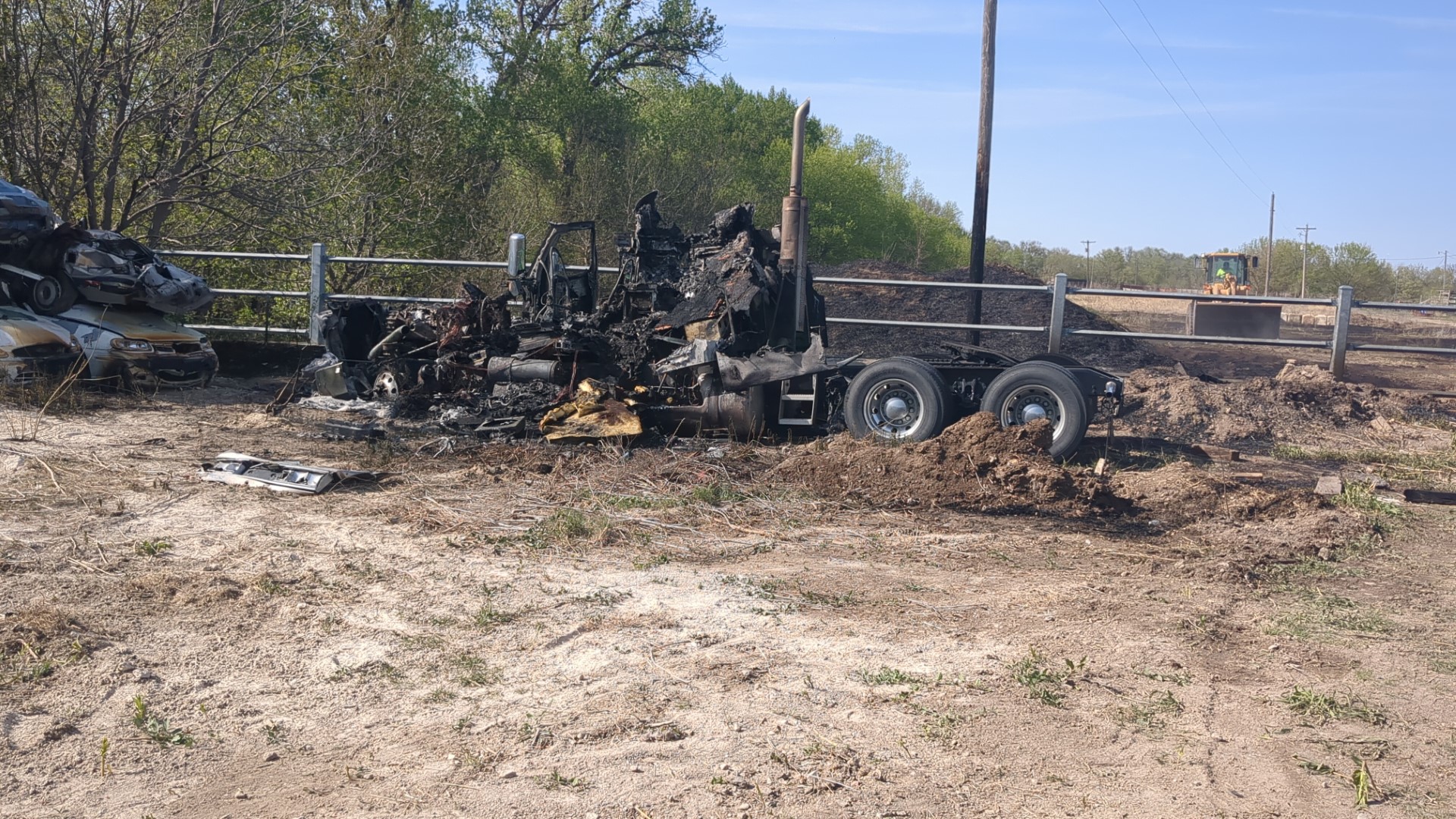The election is over. The results are in. But, the process isn’t over.
On Monday, at 9:00 AM, the Saline County Commissioners will “canvass the vote”. They’ll determine how to count the votes of individuals who had an unreported name or address change, among other oddities. Then, we as citizens can view vote totals by precinct (under the County Clerk’s tab at www.saline.org).
We need to assess if those numbers “make sense or nonsense”.
Perhaps of greatest interest is the race for State Representative District 69 involving JR Claeys and Gerrett Morris, where vote totals were close. During the primary, Republicans failed to support Tom Arpke’s bid to return to the State Senate. Like Arpke, Claeys was absent for some key votes during previous State legislative sessions. Arpke faced two publicly known challengers in the primary–Randall Hardy and John Price. Claeys was endorsed by US Senator Ted Cruz while Morris was endorsed by two former Kansas governors. I don’t live in that district, so I can’t gauge the impact of door-to-door campaigning and mailings. But, I’d encourage those who live there to “look at the numbers” to see if they make sense, given what they know about their community.
In 2014, a “Drive for Five” succeeded to expand the County Commission. County Commissioners Jim Gile and John Price were tasked with re-drawing the three previous County Commission districts into five. A few citizens watched them present several options; the maps were posted on the county website for comment. It has been startling to hear recent criticisms of these boundaries. Let’s look at the votes by commission district and see if the 2016 results align with the intention of that measure. If not, let’s encourage the Commission to take corrective action soon . . . as three seats will be up for election in 2018.
We have reason to be vigilant. In 2014’s general election canvassing, County Commissioners certified vote totals. A couple of weeks later, 5,000 additional votes were “found”. The most plausible explanation I heard involved three precincts that voted in one location. As numbers were pulled from the electronic voting machine, the initial “total” reflected votes from one precinct and not the three precincts. The “corrected” totals didn’t change the outcome of any races. I don’t know precisely how the error was found, but a simple comparison of the number who voters who signed the poll books to the number of ballots cast by machine might have revealed the problem. Given all the tasks the County Clerk’s office must complete in the run-up to the election–from registering a surge of voters, to preparing ballots that may vary for each precinct, to getting machines to the proper locations, to dealing with any hiccups that might occur during Election Day, and then having citizenry who want results right away, it is easy for me to understand how in the crush of the moment, votes could go missing. It makes sense to me that it might take time to figure out any disconnect. It seems odd that there were very few citizens who attended the County Commission meeting when this was revealed, compared to the “issue” this became during the 2016 campaign.
In the primary, Lacey Huffman filed papers to run for County Commission in the fourth district. Because she works for an entity that directly receives federal funds, the Hatch Act forced her to chose between her job and running as a candidate. She chose her job and bowed out of the race on July 8th. Yet, during the August primary, she received 195 votes–18% of all votes cast in that district. Perhaps some people voted for her because they knew her. Perhaps some objected to an onerous federal regulation. But, with Jim Weese and David Nichols also seeking the Republican nomination, it seems odd to me that so many voters selected a non-candidate. I wonder how many voters were truly uninformed that she’d withdrawn her name.
Another reason for vigilance is that Saline County uses the same electronic voting machines that Wichita statistician Beth Clarkson has found to be problematic in the 2014 election. County Commissioners also recently declined to replace the aging electronic machines.
Prior to the election, County Clerk Don Merriman had predicted that 68% of our citizenry would vote in the general election; actual turnout was about 62%. We might want to see how our actual voter turnout compared to that of other peer counties.
So, let’s continue with the process. At the very least, we may gain some insights on what our neighbors are thinking.


